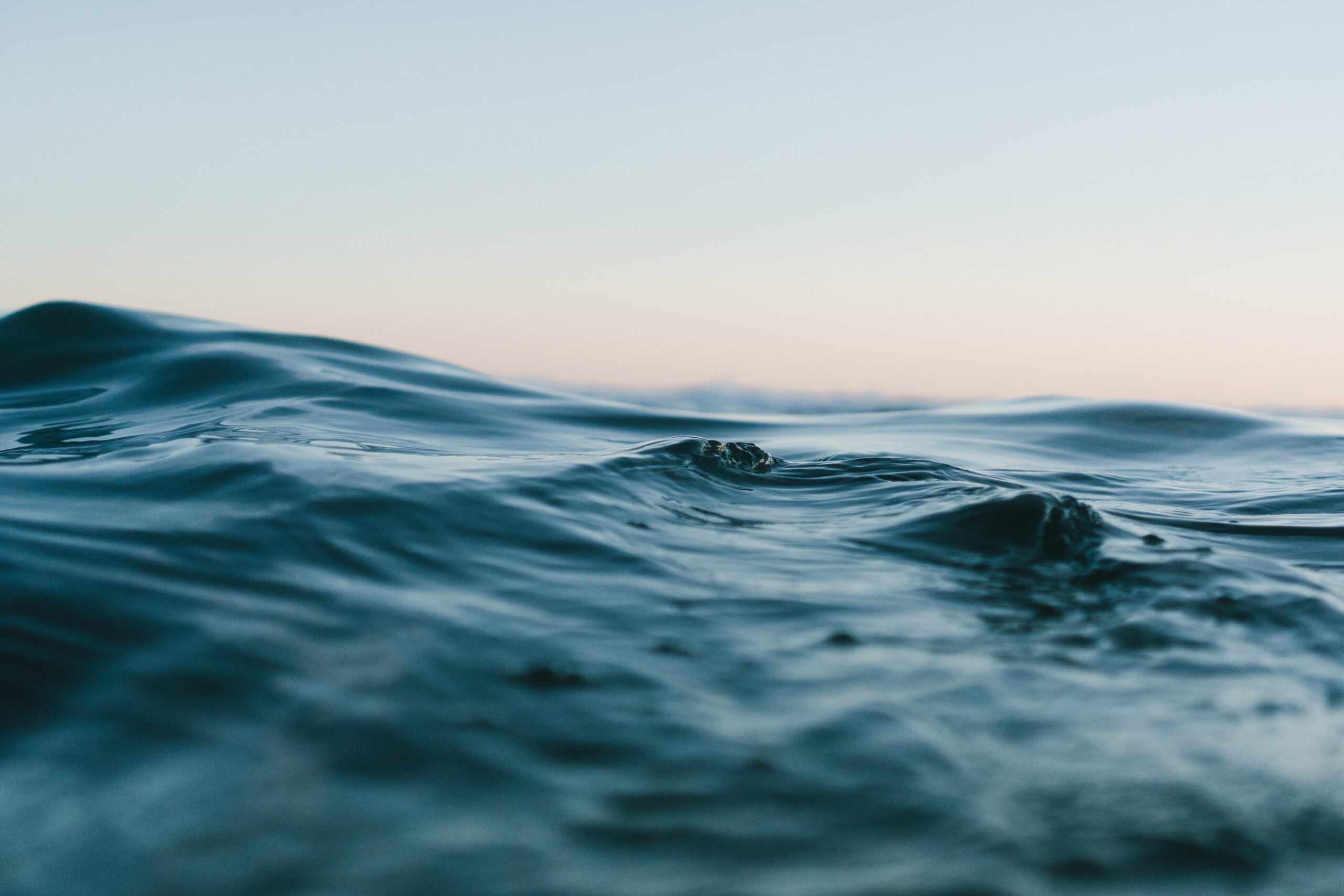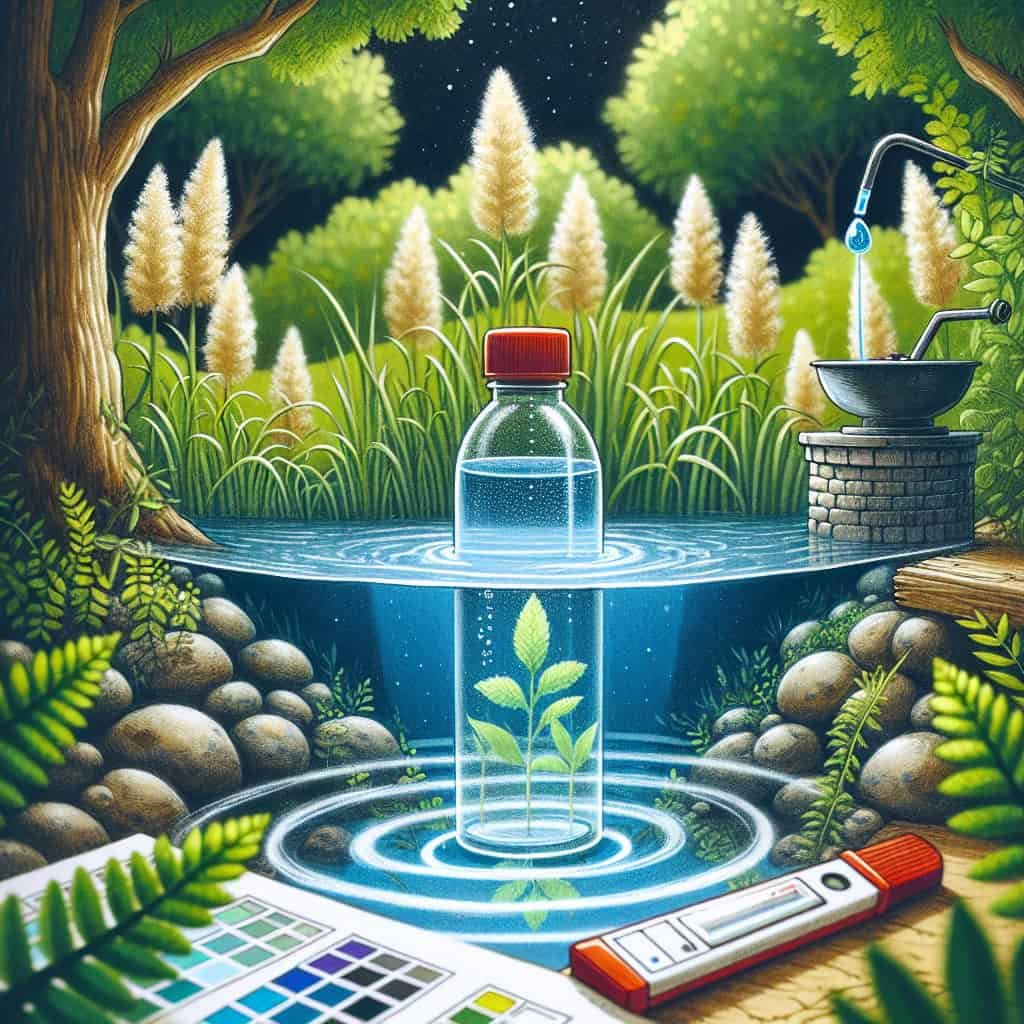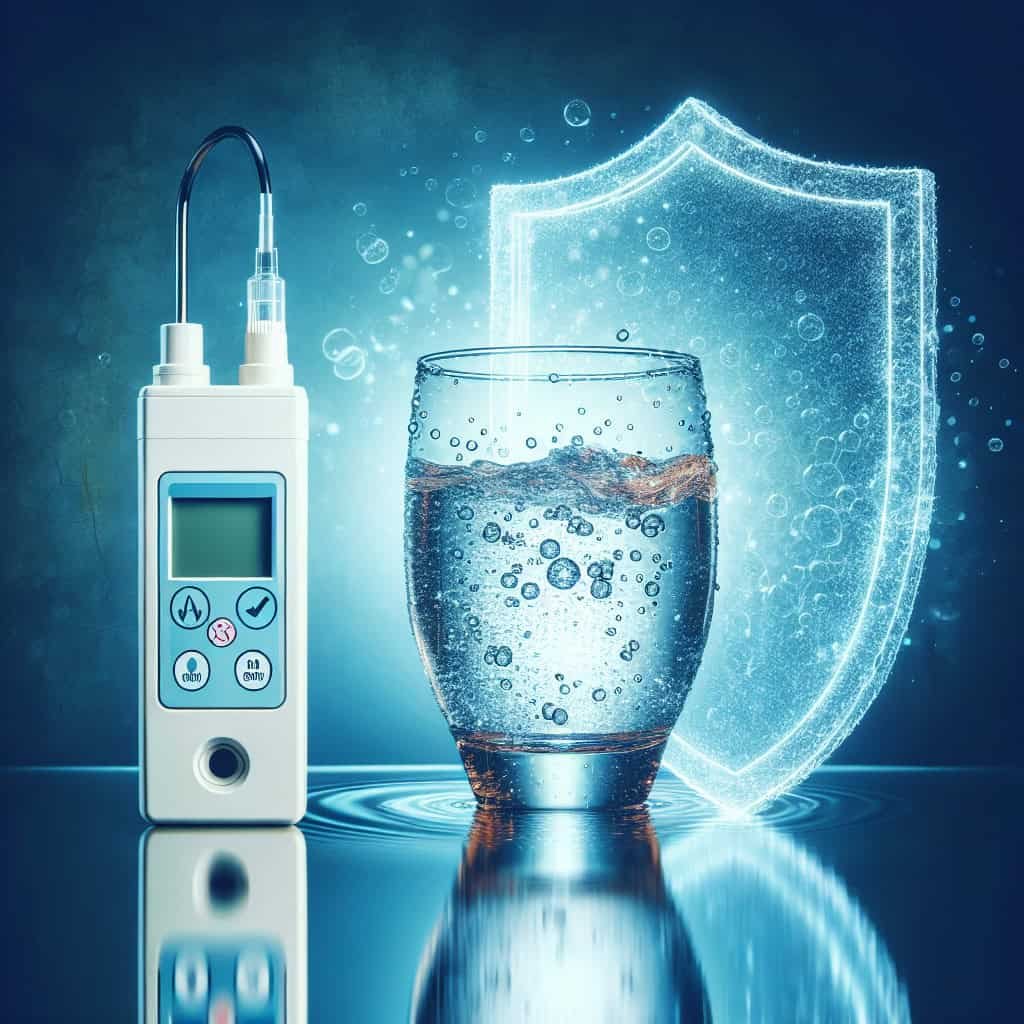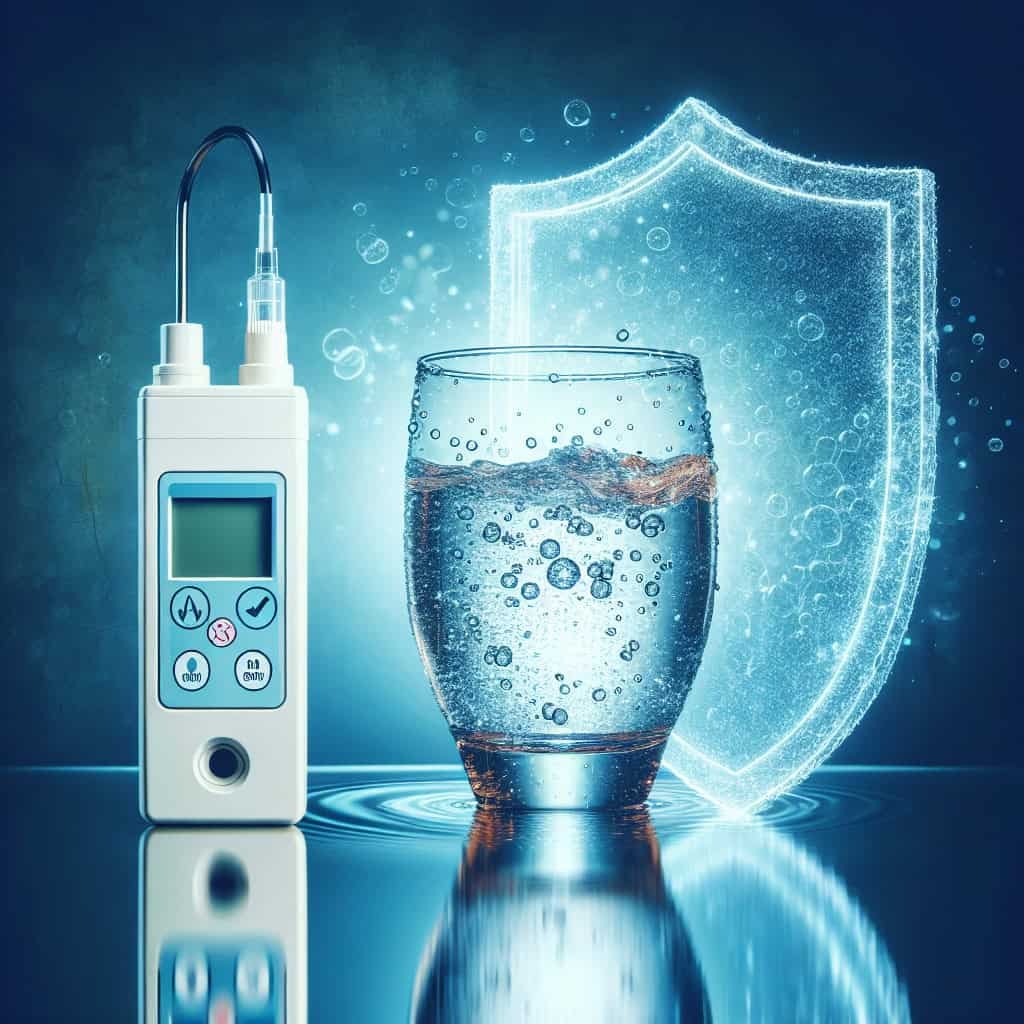In this article, we will explore the essential information you need to know about the well water quality guidelines for pesticides and herbicides. Understanding these guidelines is crucial for ensuring the safety and purity of your well water. We will discuss the potential risks associated with pesticides and herbicides in well water, the guidelines set by regulatory bodies, and the steps you can take to protect your water supply. So, let’s dive in and gain a clear understanding of how to maintain the quality of your well water amidst the presence of these chemicals.

Overview
When it comes to the water we consume, it is essential to ensure its quality and safety. This includes monitoring the presence of pesticides and herbicides in well water. Pesticides and herbicides are widely used in agriculture and landscaping to control pests and unwanted vegetation. While they serve an important purpose, their presence in our drinking water can have potential health effects. To address this concern, various guidelines and regulations have been established to ensure the well water quality is not compromised.
Main Pesticides and Herbicides of Concern
There are several pesticides and herbicides that are commonly found in well water and are of particular concern due to their potential health effects. Some of the main ones include glyphosate, atrazine, 2,4-D, and metolachlor. These chemicals have been widely used in agricultural practices and can find their way into groundwater through runoff or leaching.
Established Guidelines and Regulations
To protect public health and ensure the safety of well water, government agencies and regulatory bodies have established guidelines and regulations regarding the permissible levels of pesticides and herbicides in drinking water. For example, the Environmental Protection Agency (EPA) in the United States has set maximum contaminant levels (MCLs) for various pesticides and herbicides. These MCLs serve as benchmarks to ensure that the concentration of these chemicals in drinking water remains below levels that could pose a risk to human health.
Sources of Contamination
Understanding the sources of pesticide and herbicide contamination in well water is crucial in implementing effective preventive measures. The primary sources of contamination include agricultural activities, such as the excessive use or improper application of pesticides and herbicides. Additionally, non-agricultural sources like residential and commercial use of these chemicals, as well as accidental spills and leaks, can also contribute to contamination.

Monitoring and Testing Methods
Regular monitoring and testing of well water are essential to ensure its quality and identify any potential contamination. Various methods can be employed to detect the presence of pesticides and herbicides in well water. These methods typically involve collecting water samples and analyzing them in specialized laboratories using techniques such as liquid chromatography or mass spectrometry. It is important to follow appropriate sampling procedures and ensure the accuracy of the test results.
Health Effects of Pesticides and Herbicides in Well Water
Exposure to pesticides and herbicides in drinking water can have adverse health effects. The severity of these effects depends on the specific chemical, concentration, duration of exposure, and individual susceptibility. Prolonged exposure to certain pesticides and herbicides has been associated with various health issues, including reproductive problems, endocrine disruption, neurological disorders, and an increased risk of certain cancers. It is crucial to minimize exposure to these chemicals to safeguard public health.

Protecting Well Water Quality
To protect well water from contamination by pesticides and herbicides, several measures can be taken. Proper land management practices, such as reducing pesticide applications, employing integrated pest management techniques, and implementing buffer zones near water sources, can help minimize the potential for contamination. Additionally, regular inspections and maintenance of wells, proper storage, handling, and disposal of pesticides and herbicides, as well as public awareness and education campaigns, are essential components of protecting well water quality.
Treatment and Removal Options
In cases where well water quality is compromised and contains pesticides and herbicides above the permissible limits, treatment methods can be employed to remove or reduce the levels of these chemicals. Various treatment options are available, including activated carbon filtration, reverse osmosis, and oxidation processes. Consulting with water treatment professionals and understanding the specific characteristics of the contaminants in the water can help determine the most effective treatment method for a particular situation.

Best Practices for Well Owners
As a well owner, there are several best practices you can follow to ensure the quality of your well water. Regularly testing your well water for pesticides and herbicides, as well as other contaminants, is crucial. This can help you identify any potential issues and take appropriate measures to address them. Implementing proper storage and handling procedures for pesticides and herbicides, following recommended application practices, and considering alternative pest control methods can significantly minimize the risk of contamination. Furthermore, maintaining your well, including regular inspection, cleaning, and disinfection, is essential to prevent potential sources of contamination.
Conclusion
Maintaining the quality of well water is a shared responsibility. As consumers, it is essential to be aware of the potential presence of pesticides and herbicides in our drinking water and take necessary actions to protect our health. By following established guidelines and regulations, understanding the sources of contamination, monitoring and testing well water, and implementing best practices as a well owner, we can ensure the safety and purity of our water supply. Together, we can safeguard the well-being of ourselves and future generations.


